RINL Gets Rs. 1,650 Crore Boost: Government’s Bold Move To Revive Steel Giant And Secure India’s Steel Future.
The government injects Rs 1,650 crore into Rashtriya Ispat Nigam Ltd (RINL) to stabilise operations and boost revival efforts amid ongoing financial challenges.
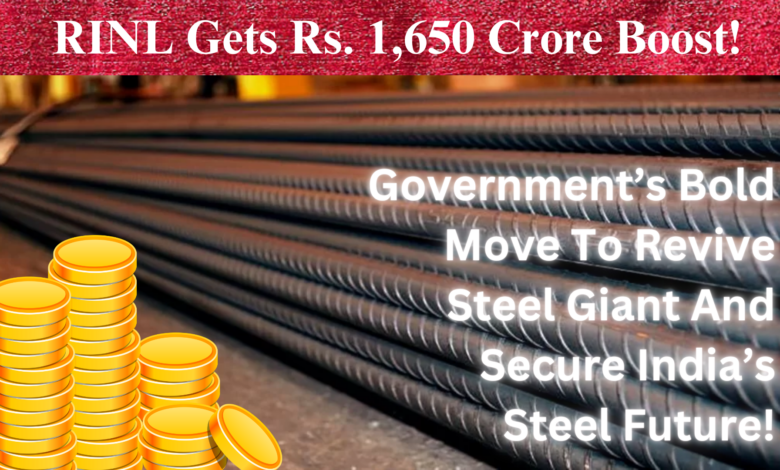
Aiming to save one of India’s biggest steel producers from going bust, the government pumped a whopping Rs. 1,650 crores into Rashtriya Ispat Nigam Limited (RINL) with an assurance to continue its ‘going concerned’ status. RINL’s situation is characterised by mounting debt and tough competition in the sector; this latest financial lifeline has been floated to stabilise the company’s operations. What looks like the backbone of Visakhapatnam’s economy and a critical contact point for steel supply in India, RINL has had a troubled past few years, posing urgent questions on its future and its role in the growth strategy of the country’s public sector undertakings (PSUs).

RINL: A Legacy of Steel Strength Facing New Challenges
Launched in 1982, Rashtriya Ispat Nigam Limited (RINL), known as Vizag Steel, is the first shore-based integrated steel plant in India, and it has become an anchor of the Indian steel industry today. RINL, a unit operating out of Visakhapatnam in Andhra Pradesh, is an integral part of India’s public sector and produces high-quality steel that fuels critical infrastructure projects, from the railway to defence.
RINL is a public sector undertaking (PSU) responsible for strengthening India’s self-reliance in producing steel, reducing dependence on imports, and supporting a sizeable regional workforce and related industries. However, in recent times, it has faced financial trouble, with high debt and wobbly demand that have only highlighted the role of strategic interventions in maintaining the crucial foundation of India’s industrial growth.
The company has experienced severe financial struggles, accelerated debt, and reduced profitability in recent years. As a state-owned enterprise, RINL is essential but has never achieved consistent profitability; high input costs and a less diversified product range than its private competitors hindered profitability.
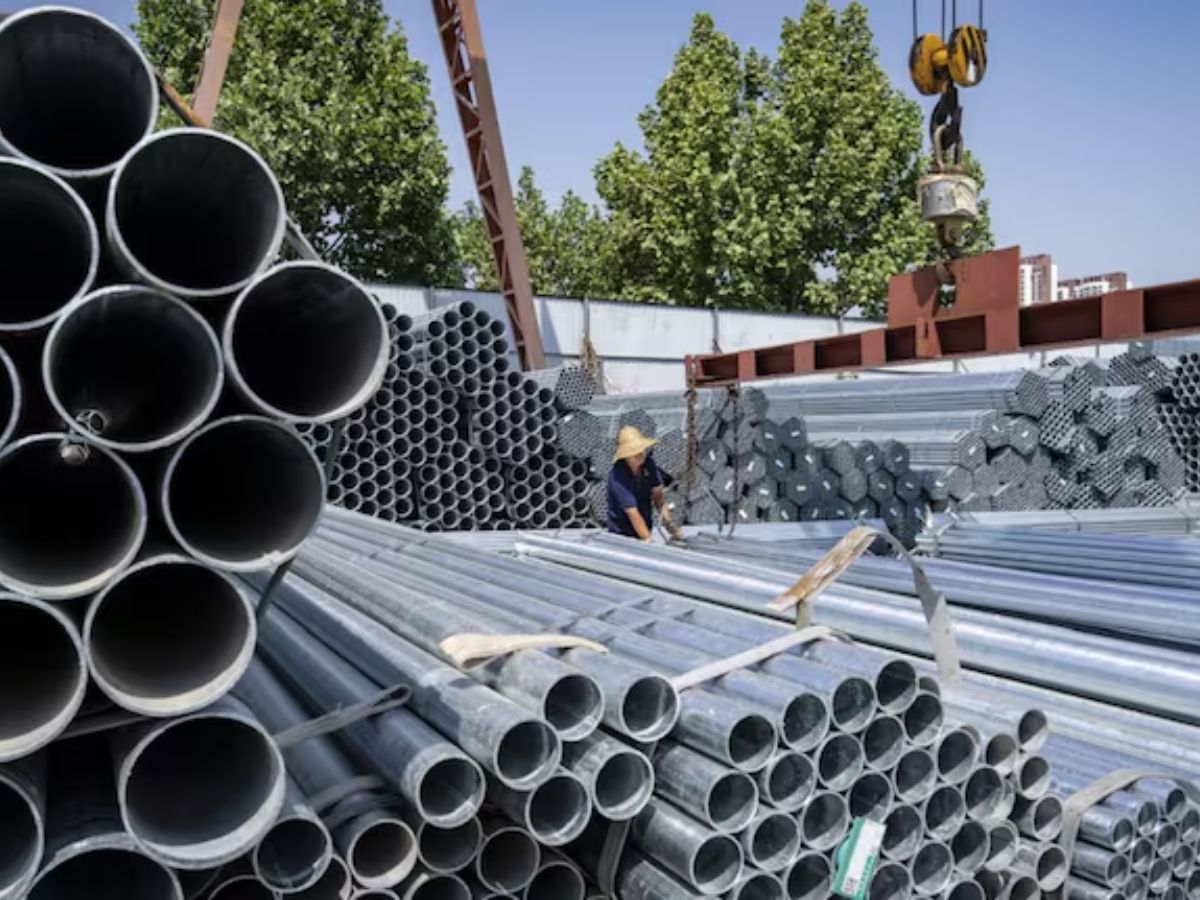
Heavily borrowing for capacity expansions and modernisation of the company did not yield the expected returns and resulted in the company’s debt ballooning to unsustainable levels. It has also squeezed its margins due to slumping demand in the global steel market and expensive inputs like imported coking coal.
RINL is heavily dependent on external procurement, which increases its operational expenses and dilutes its competitiveness. The company, which is increasingly under pressure to manage its debt and become efficient and profitable simultaneously without impacting jobs and regional economic activity in Visakhapatnam, has had to keep approaching the government for some relief.
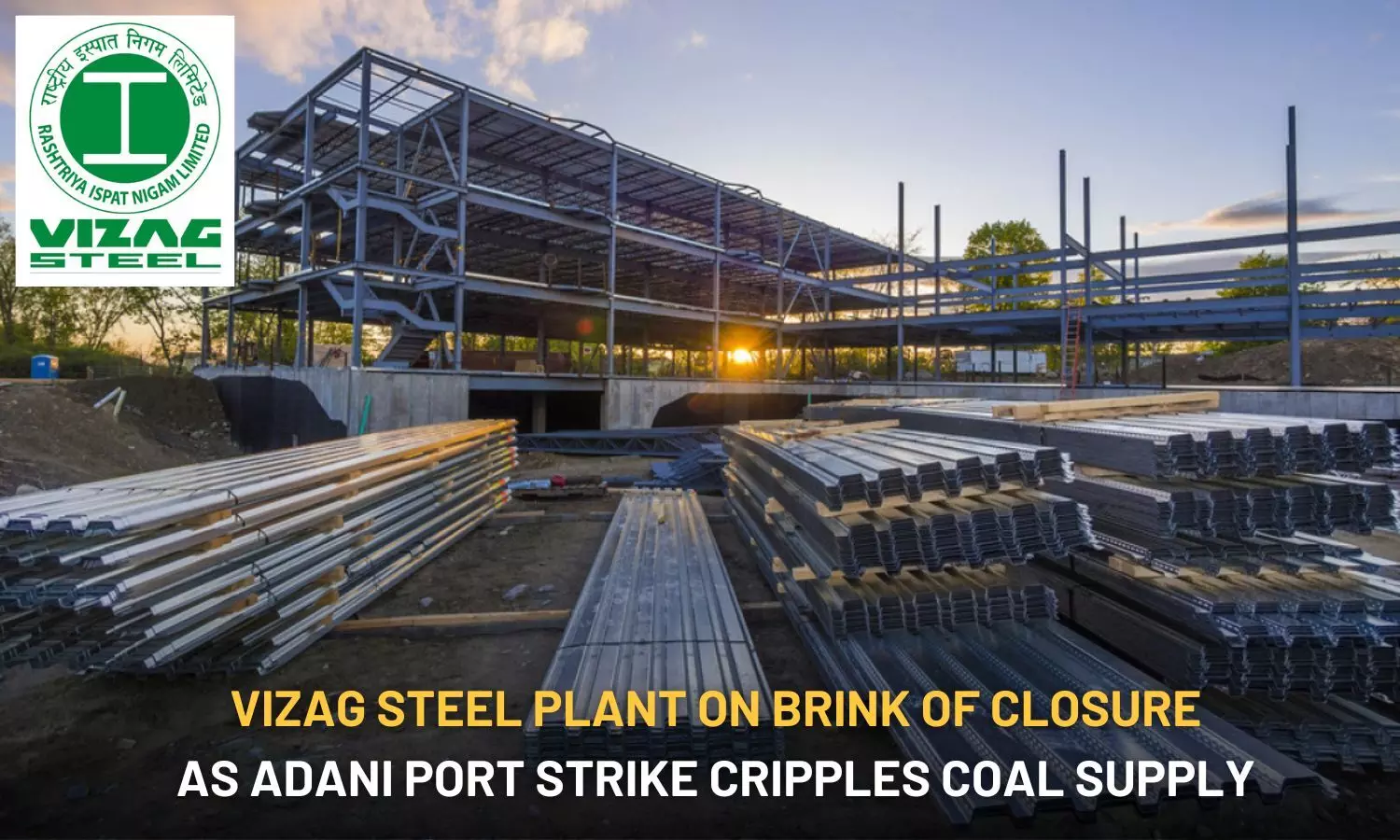
Another major reason for Vizag Steel Plant to shut down is because of inadequate resources. Raw material—coal supplies are being hampered by the workers’ strike at Adani’s Krishnapatnam Port. The port is also one of RINL’s principal sources of coking coal, which is used to maintain the blast furnaces at the company’s integrated steel plant.
It has stopped offloading and transporting coal, a severe issue for the steel plant’s raw material requirement; thus, the PSU steel maker could be let continue operationally or financially unscathed because blast furnaces would have to stop if there was no coal. This problem crops up precisely in the case of this steelmaker as its cash flow has been weak, rendering an elongated disruption further ruinous, despite the central government having intervened by announcing ₹1,650 crore equity infusion in RINL.
Purpose Behind the Rs 1,650 Crore Lifeline: Ensuring RINL’s Survival and Stability
RINL is an urgent ‘going concern’ — the safety net that the government is pumping funds worth Rs 1,650 crore to buoy up. This capital injection aims to meet RINL’s urgent financial needs, allow it to pay operational costs, meet its debts, and keep its workforce without slashing important assets or closing the plant altogether. RINL is essential in India’s steel industry and is a significant employer in Visakhapatnam.
The plant’s closure will have repercussions on the regional economy and the availability of steel for national infrastructure projects. In the short term, the government would like to maintain RINL without affecting the steel industry and the communities depending on it. That lifeline serves as a note from the government that it intends to keep RINL operational and buy time to explore restructuring or privatisation options for the steelmaker’s longer-term sustainability.
The decision to inject Rs 1,650 crore into RINL will help the company stabilise its core operations and tackle pressing liabilities. With this capital, RINL shall continue day-to-day operations to ensure production processes do not cease, RINL’s commitments to key stakeholders are fulfilled, and routine production processes, whether planned or decayed, are not affected.
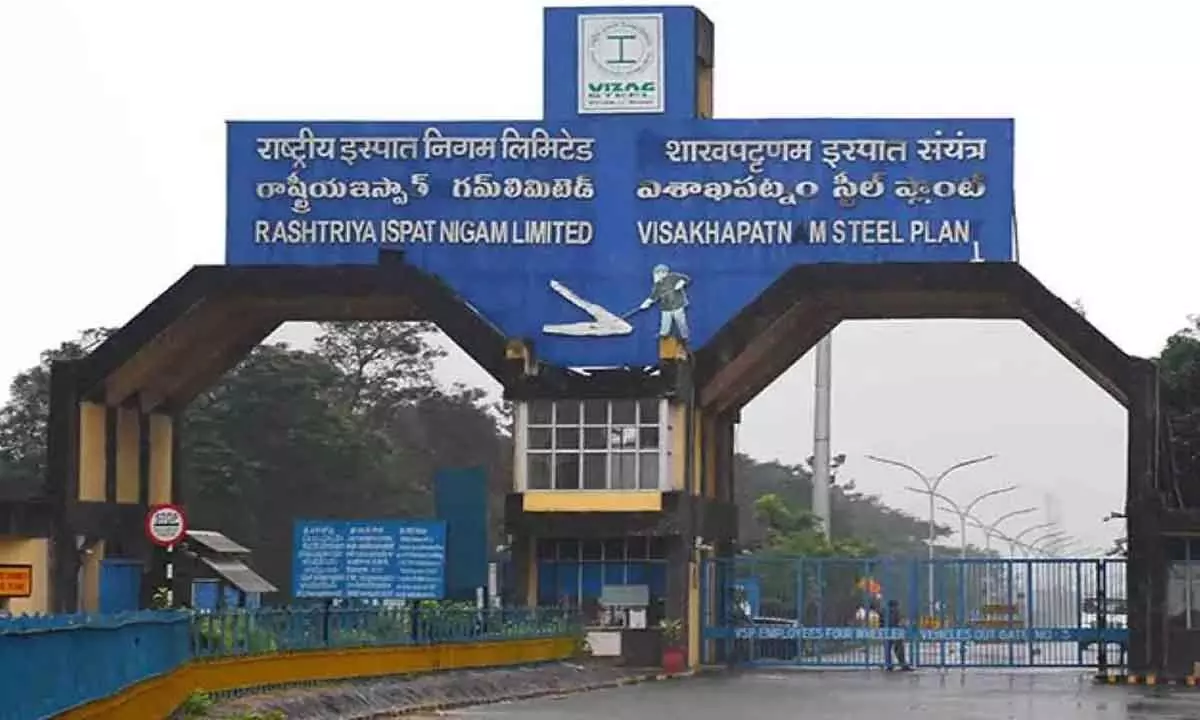
The goal has been not to allow asset disposals, which give temporary relief but may jeopardise RINL’s sustainability and presence in India’s industrial setup. The money will be used to fulfil payroll obligations to keep the employees in the organisation and to make payments to vendors and contractors who rely on RINL’s business.
Furthermore, some funds will be used to pay back outstanding debts to creditors, improving the lenders’ trust and eliminating some financial stresses in the short term. These pressing needs, which the government hopes will provide a sounder base from which RINL can seek long-term options for revitalisation, partnership, or enhanced productivity, also need to be addressed.
RINL’s Financial Struggles and Past Bailouts: A Glimpse Into Its Rocky Road to Recovery
RINL has been hit hard by ongoing money troubles, dropping income, and growing debts, pointing to big problems in how it runs. The company has found it challenging to keep up with changing market conditions in recent years, which has led to shaky demand for what it makes. This has caused significant drops in money over time, making it hard for RINL to break even. Some of these issues stem from the company’s heavy reliance on buying raw materials from outside sources, such as coking coal. This coal has gotten very pricey due to worldwide supply chain issues and price jumps.
Moreover, RINL has needed help ramping production and bringing its production processes closer to contemporary standards, especially blast furnaces and units, meaning it has been more inefficient than private players. Yet, these significant efforts to boost how things work and make them better have shown they might reach production goals. This has led to a “who cares” attitude about Return on Assets.
Compounding these was the rising mountain of debt, with RINL incurring a vast interest burden. That kind of debt has come from expanding or upgrading infrastructure, which has yet to pay off as expected. The stresses have mounted to the point that RINL is increasingly becoming nonviable. Thus, government intervention is needed to stop the downward spiral of the company as a whole and save it.
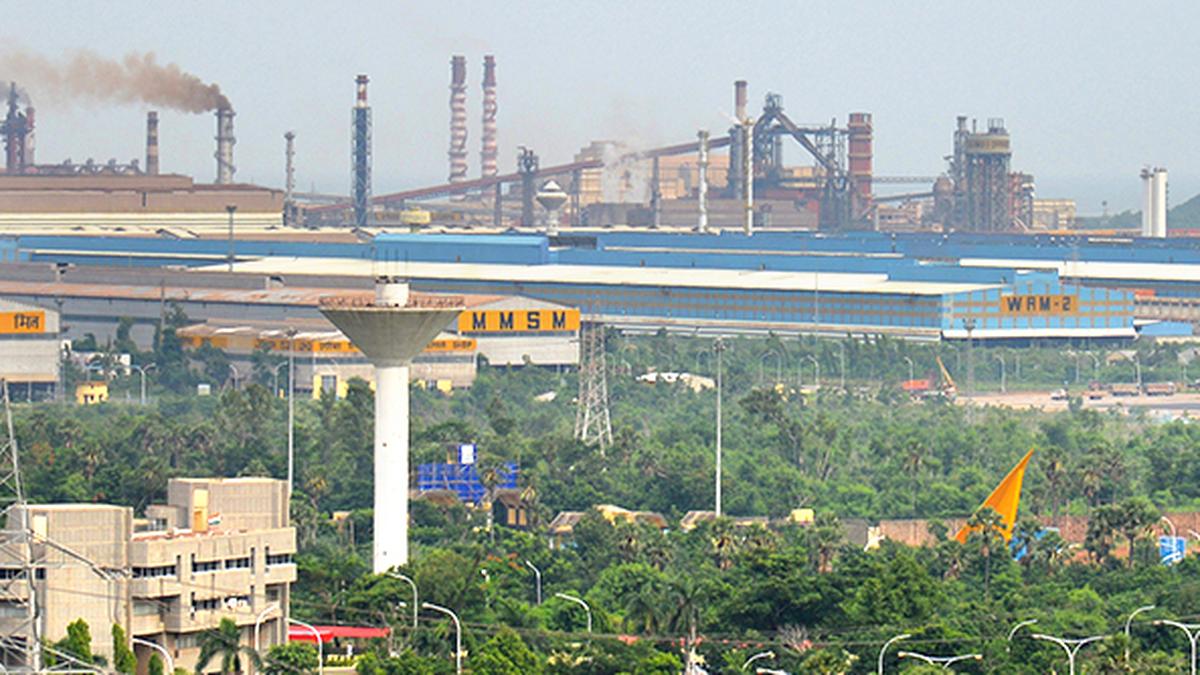
RINL has been supported several times through government bailouts while struggling with elevated debts and falling profitability. In 2019, a financial rescue team intervention, one of the critical ones, saw a capital infusion of around Rs 2000 crore to ease the debt burden and pay for operational expenses for RINL. It was a broader initiative of the government to restore lost competitiveness in PSUs. While this financial support gave some life to the company in the short term, the capital infusion in 2019 hardly addressed the underlying structural inefficiencies that kept RINL unprofitable and stagnant.
With more comprehensive long-term transition strategies and the ongoing squandering of opportunities provided by initial structural reforms, it is easier to imagine these steps will trigger a significant and lasting recovery. The recent Rs 1,650 crore injection is another government bailout attempt to keep the company afloat. However, its success will only be possible if RINL makes some quick operational and strategic changes in the coming days.
Implications of RINL’s Rescue: Shaping the Future of India’s Steel Sector
The government’s decision is expected to significantly impact India’s steel sector, especially concerning demand, supply chain stability, and competition among private manufacturers in the industry. By extending this kind of financial support, the government desires RINL to remain a consideration in its policy execution so as not to let it collapse- and with it, steel supply- and, notably, cause severe disruptions in the supply for critical infrastructure projects.
RINL plays a crucial role in helping maintain balance in the domestic steel supply chain as it survives, especially in public sector projects and large-scale infrastructure development where there is a strategic business presence. Terminating operations by RINL would increase dependence on private steel manufacturers, supply constraints, and price hikes.
The capital infusion will be helpful in terms of competition so that RINL remains relevant in a market where private sector giants like Tata Steel and JSW Steel are on a roll. Considering the technological advancement, operational efficiency, and increased global market reach, these private companies made it possible for them to capitalise while RINL grapples to compete with them.
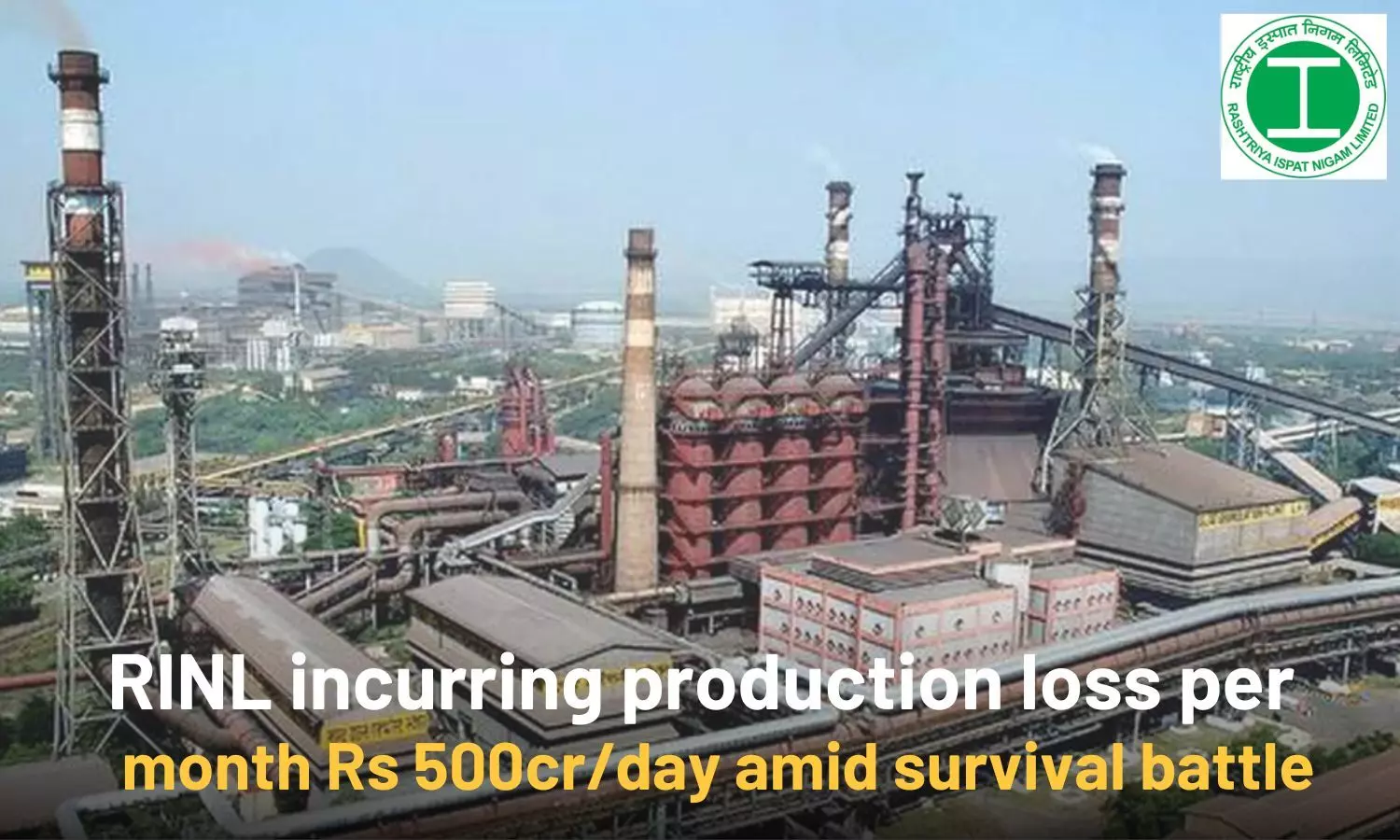
But RINL, with the help of government financial aid, can modernise its plants and bring productivity, leading to a higher market share and better competitiveness for RINL itself. How effectively RINL utilises the funds to plug some of its inefficiencies and expand its product range will ultimately determine the importance of this infusion on competition. If it remains stable in the long run, it could encourage a more dispersed and resilient steel sector, reducing India’s dependence on imports and steel self-sufficiency.
RINL is a strategic core pillar for developing Indian infrastructure and for its self-reliance in steel-making efforts. It is a state-owned enterprise aligned to several government infrastructure projects, including national highways, railways, and defence and public sector utilities. As a critical supplier, the company’s capacity to produce large quantities of steel, notably to support government-led initiatives, enables India not to be overly dependent on imports of critical materials.
This becomes even more crucial for sectors like defence and railways because steel is vital in building reliable and durable infrastructure. Calling RINLs contribution in keeping the shipyard operational helps secure the domestic steel supplies for such projects (A part of the) more prominent ‘Atmanirbhar Bharat’ (self-reliant India) initiative.
It also helps maintain the existence of the RINL, which is integral to India’s aspiration to become a major steel manufacturer on the global scene. It directly reduces dependence on foreign markets and creates jobs within the steel value chain. However, maintaining its production capacity is vital to meet the existing and coming domestic steel demand, as the country is being developed with Smart Cities, infrastructure modernisation, and defence expansion.
Thus, RINL is not merely a steel producer but is a linchpin for India’s economic growth plan as the nation has the domestic capability of the judicious use of steel requirements and being a part of the overall industrial ecosystem.
Government’s Vision for PSUs: RINL’s Path to Recovery and Future Prospects
Reflecting a broader push to improve efficiency, cut fiscal burdens and foster sectoral competitiveness, the government’s approach to PSU reforms and privatisation targets these key sectors. Unlike most PSUs, the focus has been divesting non-strategic or underperforming ones. At the same time, an exceptional case in this regard is RINL, which, unlike most PSUs, is a matter of critical national importance that further entails a role of PSUs in the provision of steel in support of infrastructure and projects of self-reliance in steel production.
The recent Rs. 1,650 crore capital infusion shows the government’s commitment to the steel plant’s survival. Privatisation is not immediate, but restructuring and efficiency improvement are sought.
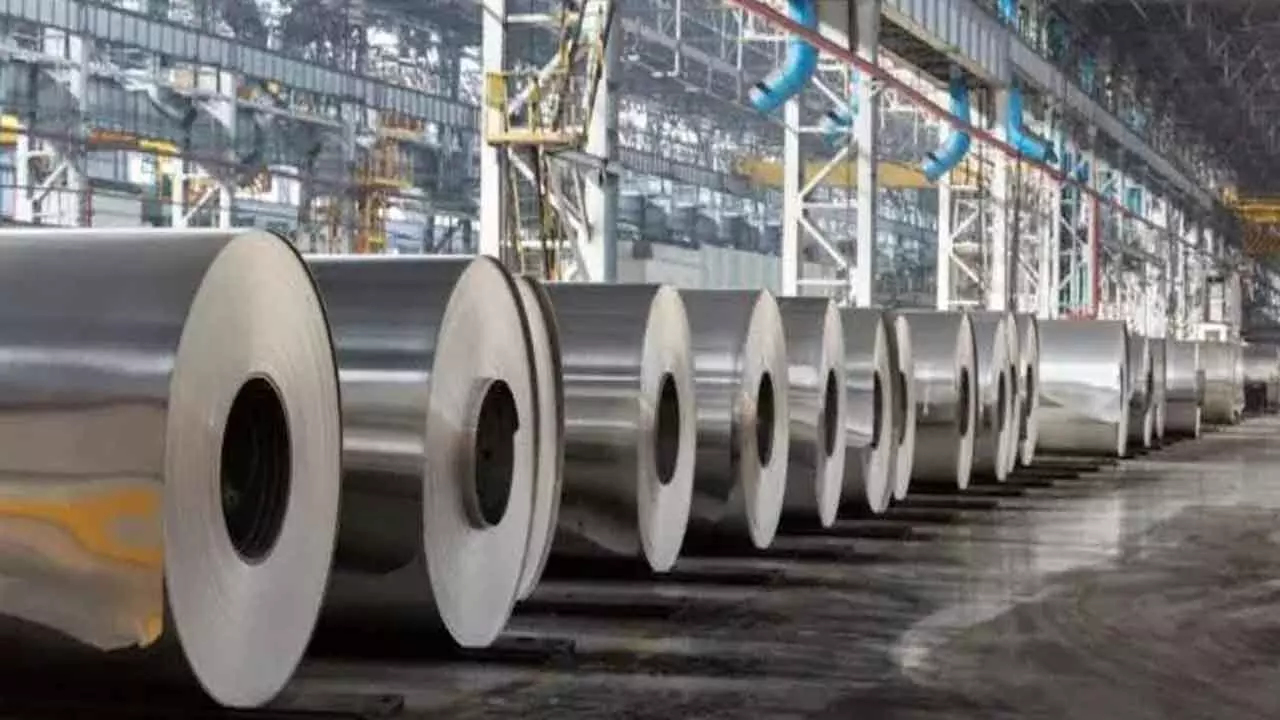
However, the government’s continued urge to sideline RINL from helping recovery may eventually lead to privatisation or strategic partnerships. RINL’s future will ultimately depend on its ability to improve productivity and address its financial challenges if it is to remain a going concern, and if—which is an if—it is not overhauled about its medium-term trajectory in the context of the evolving industrial strategy in India.
These potential options of privatisation, debt restructuring or strategic partnerships, including any one or a combination, will continue until RINL yields satisfactory long-term sustainability in the face of RINL’s ongoing and recurring financial challenges. Privatisation of the unit is not an immediate proposition. However, the possibility may still arise if RINL fails to revive the unit’s profitability and efficiency through internal efforts.
It needs to do some debt restructuring so that the company can be relieved of some of that burden and focus on doing what it does.
Strategic alliances with private sector firms such as iron and steel companies and global steel majors may provide RINL with much-required capital, technology, and know-how. This partnership will also help the firm’s capitalisation, modernisation, and competitive advantage.

Although no official statements have hinted at the government’s long-term strategy regarding RINL, officials have asserted that at least the efforts of restructuring and stabilising the company so that it can become a productive engine of industrial and infrastructure growth in India are sufficient. Yet, the imperative for a viable solution remains, and privatisation or partnerships seem probable if RINL continues to show slow year-on-year recovery in the coming years.
RINL’s Financial Infusion: Safeguarding Jobs and Economic Stability
RINL’s operation has been a major contributor to local and national economic growth, especially in Visakhapatnam, a significant employer and source of economic activity. If built, it would be one of the largest industrial employers in the region, with thousands of direct jobs inside the steel plant and across the supply chain.
From direct employment, the plant also causes growth in transportation, logistics, and retail sectors, which add to the region’s positive economic development. As a national contributor, RINL aids steel production in India and, in turn, assists with government infrastructure, such as highways, railways, and defence, which supports the country’s industrial growth and self-sufficiency.
Unless RINL’s operations are disrupted, there will be a shortfall, causing a regional economic downturn, job losses, and increased dependence on imports.
The monetary infusion is vital to avert job losses and create stability for the employees, suppliers, and contractors who depend on RINL. By providing quick monetary relief, the government wishes to assist in keeping RINL’s operations running and meeting its obligations, particularly the payroll, supplier payments, and creditor dues.

This will support the preservation of thousands of direct and indirect jobs at the plant and in the local economy, where many businesses depend on the steel giant for a steady demand for goods and services. That infusion will also prevent any breaks in the supply chain in that suppliers and contractors will be paid, and operations will not close down.
Such stability breeds a feeling of security for the workforce and the local partners, diminishing the risk of economic hardship or job cuts. It allows the company to implement necessary reforms and improve its financial health.
Opinions and Public Reactions
Industry experts and economists think the government’s move to infuse Rs 1,650 crore into RINL when black money inflow begins emerging is a shot in the arm to prevent its collapse as it could jeopardise its entire steel sector and India’s infrastructure projects. The infusion has been greeted by many stakeholders in the company — including employees and unions — welcoming it as a lifeline to help save jobs and lives for employees and RINL Visakhapatnam.
Some unions have welcomed the capital support and the assurance that workers will continue to be employed and work as before. Still, several have also called for more transparency about the plant’s long-term sustainability. However, there are reservations about spending taxpayer money to help a struggling PSU.
Instead, critics say, the government should substitute multiple bailouts with more sustainable reforms like efficiency improvements, plant modernisation and, perhaps, privatisation or some strategic partnership to turn the enterprise into a more competitive, self-sufficient one. Some economists also have doubts about the long-term effectiveness of such financial infusions, which fail to address RINL’s root cause, which is relatively high debt and low efficiency in production. Likewise, the public believes such infusions have no long-term solution when neglected.
Comparisons with Other Steel PSUs
Like other government-owned steel companies, including SAIL, this steel producer has been in a challenging financial period, with high debt and operational inefficiency. RINL and SAIL are essential industry participants in India’s steel industry, bolstering infrastructure development and boosting the degree of indigenisation in steel production.
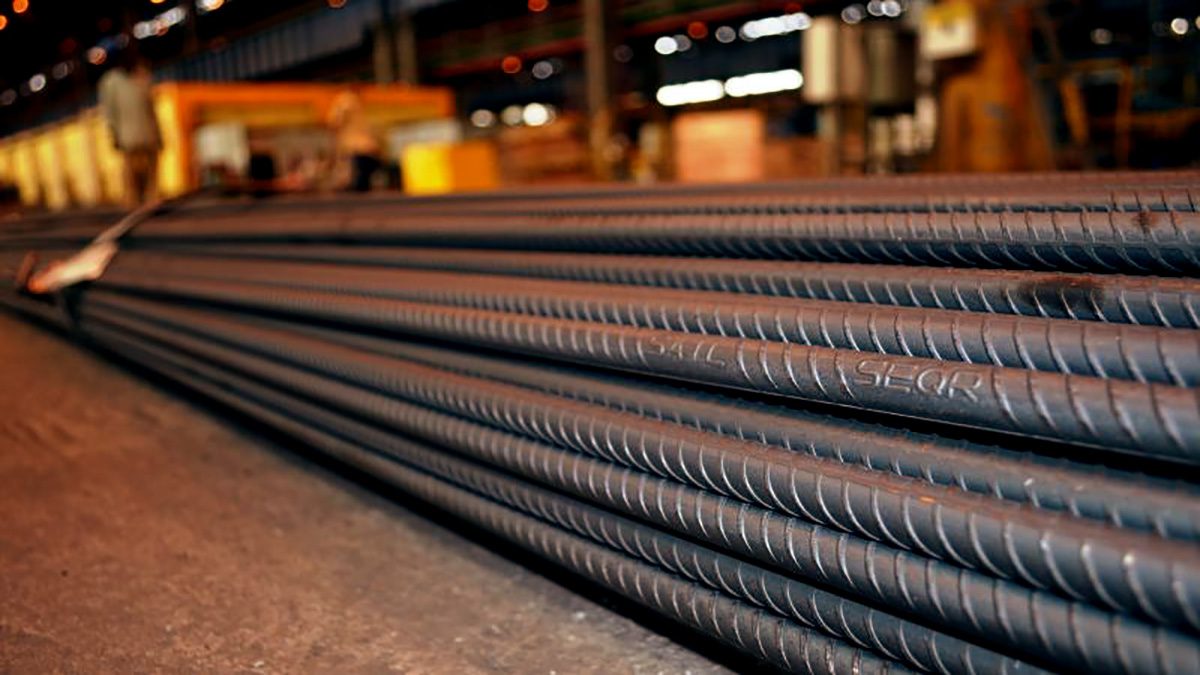
Though RINL is in a precarious state and grappling with issues of profitability and high leverage, SAIL, too, has its operational, financial, and managerial challenges. Still, it is more extensive in terms of production capacity. It has a broader, more robust, and more respectable product line, a slightly more substantial and respectable competitive position in the marketplace, and therefore, it seems more stable.
SAIL has also received considerable government assistance in modernising and restructuring its finances. It is in a better place than RINL, where the problem has been sharper recently. But both are crucial for India’s industrial and defence industries, and the government is still evaluating means to reinvigorate them with IML, which is passing through a critical phase of revival through fresh capital infusion, as recently done to RINL.




